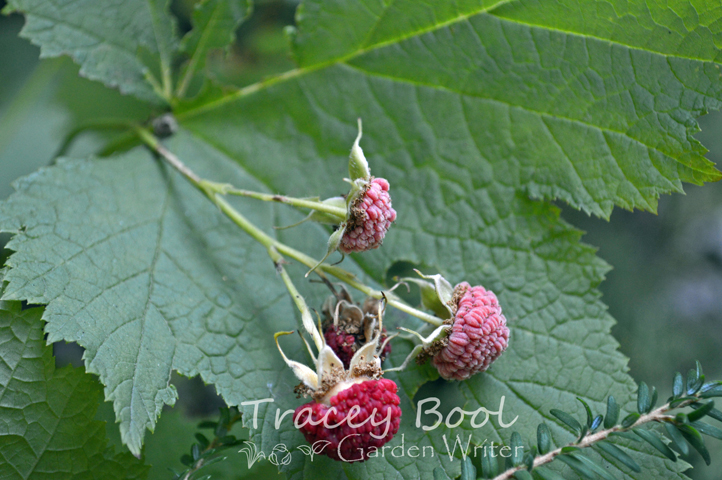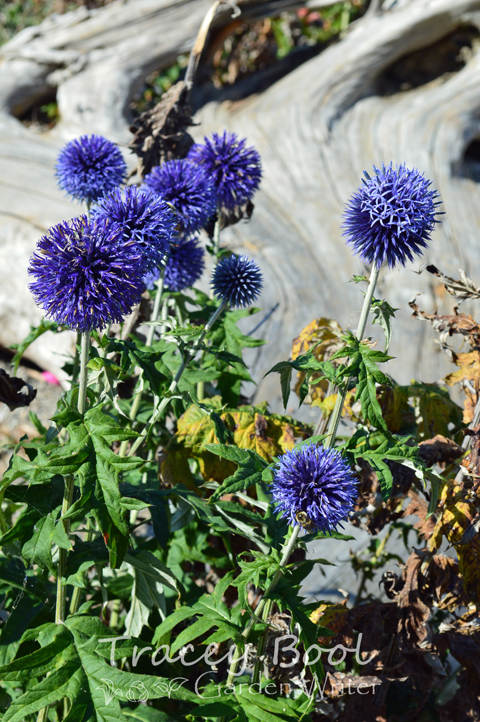|
On the forage trail: Canada
August 2016 I soon discovered on my recent trip to Canada that this stunning country is bursting with edible weeds and medicinal plants. The following are but a few of my favourites, which grow in a climate not dissimilar to ours: Thimbleberry (Rubus parvifolius) is a small perennial shrub to 2m, which is closely related to the delectable raspberry. The leaves are maple-like in appearance and the plant is prickle-free. The deep red fruit which appears in summer is similar although smaller than backyard varieties of raspberries. The melt in your mouth texture and sweet, slightly tart flavour is also unmistakably raspberry. They can be eaten fresh, dried or used in preserves and beverages. The tender young shoots were used by some indigenous peoples in BC as an edible green. They also used the foliage to remove slime from fish and drying other varieties of berries. Fresh or completely dried leaves can also be used to make a rejuvenating tea or gargle for treating mouth and throat inflammations (wilted leaves can be toxic however, so prepare with caution). Growing conditions are similar to that of raspberries – a sunny protected aspect and a nutritious, well-drained soil with reliable summer watering, will ensure a healthy plant and reliable fruiting. I noticed them commonly growing in open forests and disturbed roadsides with glacial-based, free-draining soils. Broad-leaved Fireweed (Epilobium latifolium) is a low-growing perennial herb with a clumping habit and clusters of show-stopping, purple/deep pink flowers during summer. This well-known native plant with a vulnerable status grows in a range of open environments including montane, alpine and subalpine. Fireweeds have a broad and equally impressive range of uses, both culinary and medicinal. The young foliage, flower buds and flowers make for a tasty addition to salad or stir fries with a flavour likened to spinach and asparagus. The flowers are a valued food source to bees and makes a popular honey in some regions. The stem and pith can be added fresh to soups as a thickener, or dried and fermented as fireweed ale. Fireweed has well known anti-inflammatory qualities and is used both externally and internally to relieve and treat a range of ailments. This impressive plant has been utilised in Europe to treat prostrate problems, and interestingly, was used dried and powdered by indigenous peoples as a skin rub to protect them from cold and relieve pain associated with warming hands. Thistles (Cirsium spp.) are a large group of biennial and perennial plants with large taproots, commonly found across Canada (both naturally occurring and introduced). This hardy and prickly plant is a close relative to the well-known globe artichoke and has a wide range of edible, medicinal and practical uses. The flowers, stems and roots are edible, with flavour ranging from sweet to bitter, depending on growing conditions and age. Some suggest the flavour of the flowers is as good as or superior to that of globe artichokes. Prickles need to be removed before consumption, and generally the plant is used cooked, not raw. The flowers are irresistible to beneficial insects, and in fact, the European weed Canada thistle (Cirsium arvense), is said to draw beneficials away from indigenous plants to their detriment. |



